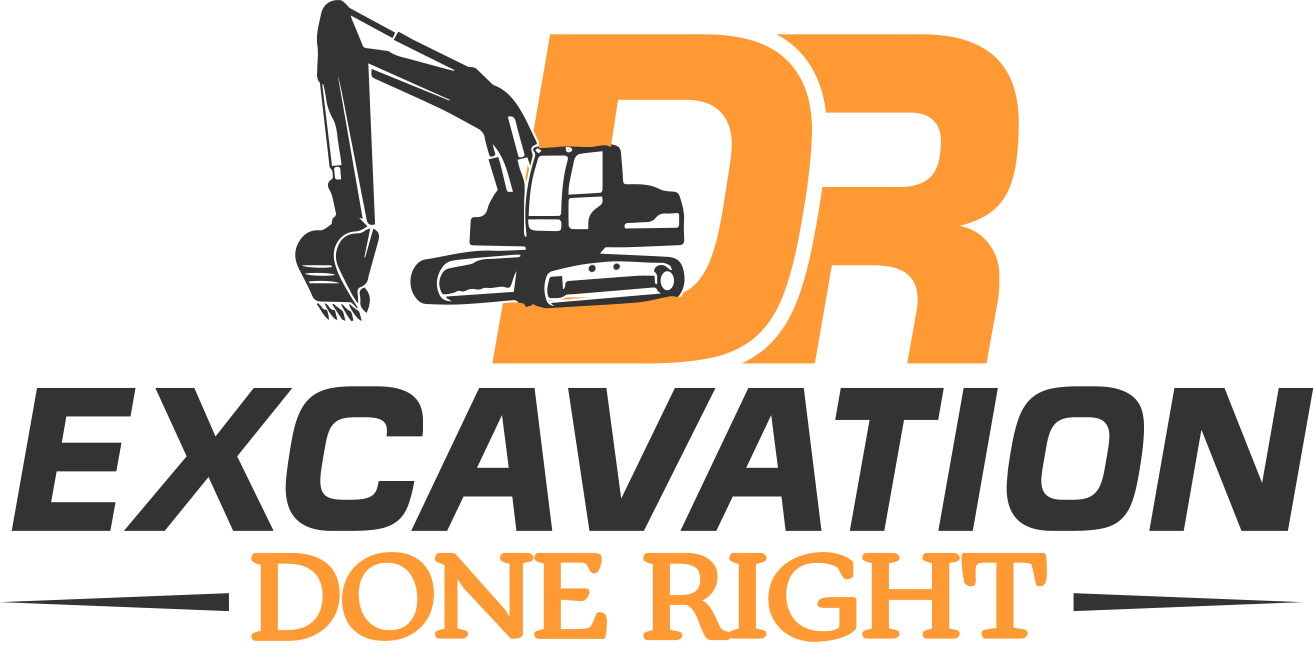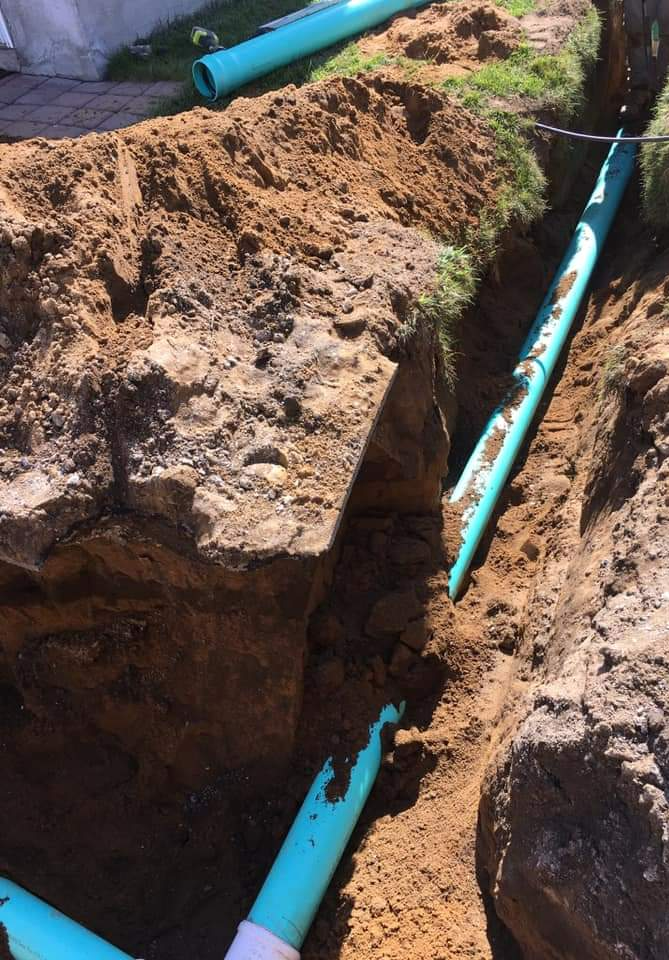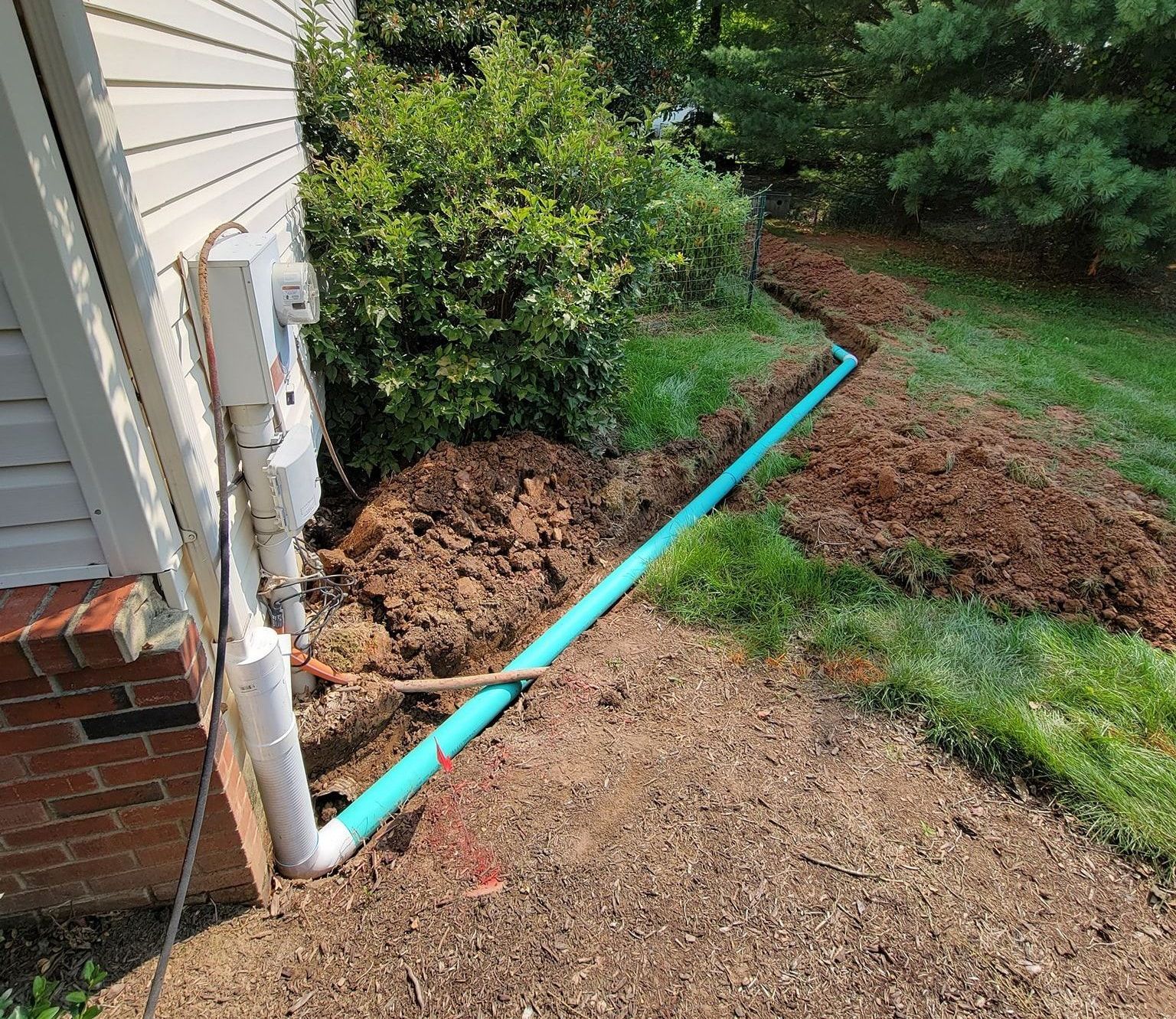We've been providing excellent service as
Home Drainage Contractors
...for over 20 years!
Drainage Excavation Contractors
At D R Excavation, our drainage services provide tailored solutions for diverse water management needs.
We specialize in installing efficient drainage systems, redirecting water away from structures to prevent potential issues.
In challenging scenarios like areas with poor drainage or erosion risks, we implement advanced techniques, including erosion control measures and specialized drainage solutions.
Our commitment to staying updated with the latest technologies ensures that our drainage systems not only address immediate challenges but also contribute to the long-term environmental sustainability of the area.
Choose D R Excavation for precise, efficient, and innovative drainage solutions for your residential or commercial property.
Problems Caused by Drainage Issues
Inadequate drainage poses risks such as property damage, hazardous conditions, and pest attraction. Poorly draining soil hinders plant and tree growth. Improper water drainage leads to various issues, from damaging plants and lawns to foundation problems and erosion.
D R Excavation offers cost-effective solutions for drainage problems, addressing issues like flooding basements and eroded yards.
Our experienced contractors provide consultations to troubleshoot and implement effective, long-term solutions with lasting benefits.
Contact us for reliable drainage solutions tailored to your property's needs.
What We Do
D R Excavation provides comprehensive drainage services, offering tailored solutions for effective water management. From flooding basements to eroded yards, trust us for reliable and cost-effective solutions.
Common Drainage Issues
Drainage problems pose risks of property damage and hazardous conditions. D R Excavation offers effective, cost-efficient solutions to address issues like flooding and erosion, ensuring lasting benefits.
We Are Licensed & Insured
D R Excavation is your trusted drainage expert, fully licensed and insured. With our professional credentials, we ensure the highest standards in drainage solutions.
Our experienced team addresses issues like flooding and erosion, providing reliable and cost-effective services.
As a licensed and insured contractor, we prioritize the safety and satisfaction of our clients, delivering effective solutions for residential and commercial properties. Choose D R Excavation for unparalleled expertise and peace of mind in drainage services.
FAQ's About Drainage
Contact Us Today For A Free Quote
Our company has years of experience in excavating all sorts of land, from small residential properties to large commercial ones. We have the equipment and manpower to get the job done quickly and efficiently. Contact us today to get started on your project!


